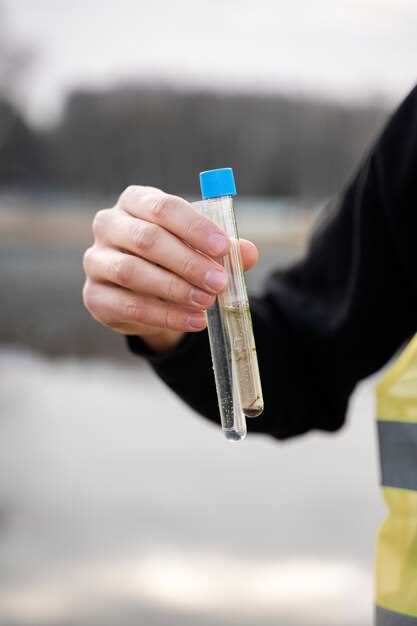
When it comes to the transportation of vehicles or equipment, the question of whether to drain the fuel tank is often raised. This concern is rooted in the need for safety during the shipping process. Fuel is highly flammable, and the presence of liquid fuel can significantly increase the risks associated with shipping. Adhering to safety regulations is crucial to ensure not only the integrity of the shipment but also the well-being of those involved in the transportation process.
Each local and international shipping authority has set forth specific rules regarding the transportation of vehicles with fuel in their tanks. These regulations vary, but they generally suggest that, depending on the level of fuel in the tank, draining may be advisable or even mandatory. It is essential to understand that different fuels have different properties, and the volume of fuel left in the tank can influence the overall risk level. By familiarizing yourself with these regulations, you can make informed decisions that prioritize safety.
In conclusion, assessing the need to drain the fuel tank before shipping involves understanding the associated risks and compliance with established safety rules. A critical evaluation of the safety level will guide you in determining the best course of action, ensuring a secure shipping experience for all parties involved.
Understanding Fuel Regulations for Shipping
When it comes to shipping, fuel regulations are critical for ensuring safety and compliance with legal standards. Different jurisdictions have specific rules about the transportation of gas, which must be adhered to in order to avoid potential hazards and legal repercussions.
One of the primary concerns with shipping fuel is the level of flammability and the risks that come with transporting volatile substances. Regulatory bodies often require that fuel tanks be drained to a specified level to minimize risks during transit. This minimizes the chances of spills or leaks that could pose threats to transportation safety.
Additionally, certain carriers and shipping companies may have their own internal guidelines regarding fuel levels in tanks. These guidelines are often informed by national and international regulations, and it is essential to consult them prior to shipping. Proper documentation of fuel levels, type, and safety measures taken is often required as part of the shipping manifest.
Failure to comply with fuel regulations can result in significant penalties, including fines and shipping delays. Therefore, understanding and following these regulations is crucial for anyone involved in the transport of gas or fuel. Ensuring compliance not only promotes safety but also facilitates efficient shipping processes.
Determining the Safe Gas Level in the Tank

When preparing a fuel tank for shipping, understanding the safe gas level is crucial for ensuring safety during transit. Various regulations and rules dictate the maximum allowable amount of fuel in the tank to minimize risks associated with leaks, spills, or explosions. It is essential to adhere to these guidelines to protect both personnel and the environment.
Firstly, the safe gas level often depends on the shipping method and the transport regulations governing hazardous materials. Different transport agencies, such as the Department of Transportation (DOT) in the United States, have specific rules regarding the fuel levels allowed in tanks. Familiarizing yourself with these regulations is the first step in determining how much gas can remain in your tank during shipping.
In general, it is advisable to keep the fuel tank at a low level, ideally below one-quarter full. This precaution not only reduces the overall risk during transport but also allows for any potential expansion of fuel due to temperature changes without exceeding the tank’s capacity. Moreover, a lower fuel level minimizes the likelihood of fuel sloshing around, which can create instability and increase the chance of accidents.
In addition to the regulatory guidelines, considering the specific characteristics of the fuel being transported is important. Different types of fuel have varying flashpoints, volatility, and environmental impact. Thus, keeping the tank at a safe level can also depend on these factors, ensuring that safety remains a top priority throughout the shipping process.
Ultimately, determining the safe gas level in the tank involves a careful assessment of regulations, fuel characteristics, and practical safety measures. By adhering to established rules and implementing proper safety practices, the risks associated with shipping a fuel-filled tank can be significantly mitigated.
Best Practices for Draining and Preparing Fuel Tanks

When preparing to drain a fuel tank, it’s essential to ensure that the gas is removed to a safe level. Begin by determining the fuel level in the tank and assessing how much gas needs to be evacuated. This will help in planning the draining process effectively.
Before starting, gather necessary tools and safety equipment. Use appropriate personal protective equipment (PPE) such as gloves and goggles to protect yourself from potential hazards associated with fuel vapors and spills.
When draining the tank, choose a well-ventilated area away from flammable materials. Ensure that you have a suitable container to collect the expelled fuel, allowing for safe disposal or reuse. Never attempt to drain the tank indoors or near ignition sources, as this poses serious safety risks.
To facilitate the draining process, consider using a siphon pump or gravity drainage method. Both methods can efficiently transfer gas from the tank, but ensure that any equipment used is compatible with the type of fuel being drained to minimize risks.
After the fuel has been removed, inspect the tank for any residual gas. It’s crucial to ensure that the level of remaining fuel is minimal to enhance safety during shipping. Additionally, clean any spills immediately, using absorbent materials to prevent slipping hazards.
Finally, seal the fuel tank appropriately after draining, labeling it clearly. This will provide important safety information for anyone handling the tank in the future. By following these best practices, you can ensure a safe and efficient process for draining and preparing fuel tanks for shipment.



